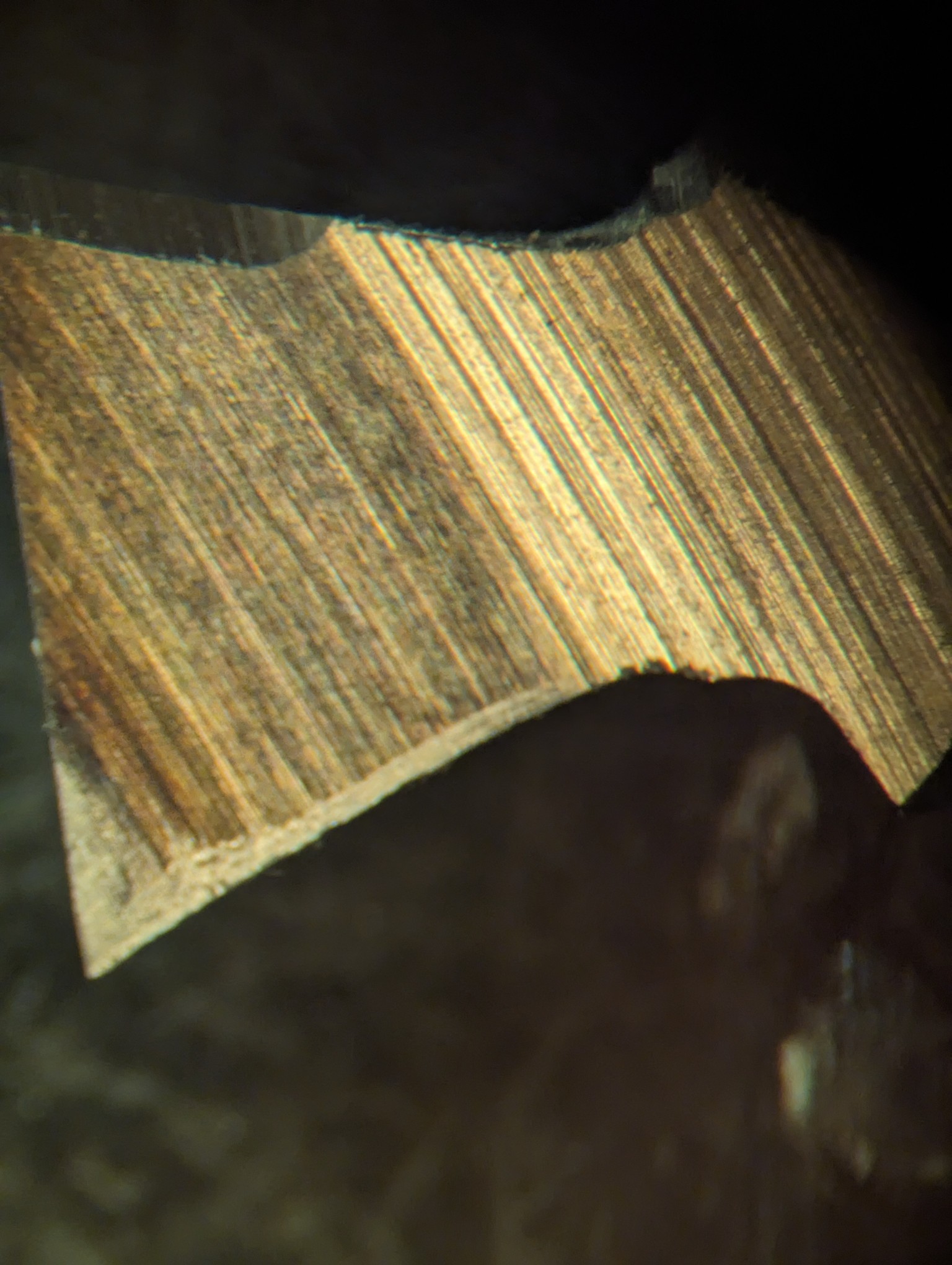Building a low profile XY-Table - Toolmaking and questionable design
Working under a microscope is great. The precision of movement achievable by hand given sufficient magnification is amazing. However, the greater the magnificaton the smaller the field of view. So the better the part needs to be positioned. Especially when working with both hands like when soldering, the part also needs to be fixtured.
It would be great if you could just fixture your board or whatever once, and then move the entire fixture over to where you need it to be. I saw an opportunity to finally build a linear guide (or two).
So, I spend a few hours in CAD over a night and came up with a design. Some interessting choices were made. Like: The timing belt driven mechanics, to allow the stage to extend past the knob in both directions. Or the hybrid ways, half dovetail-, half boxways, to allow the timing belt drive to work.
With the design out of the way it was time to prepare for manufacture. I had designed it to be possible to manufacture. However, with the CNC-Router table being horribly skewed, and the part needing two different specialized tools, I first needed to make those tools.
The crooked bed had annoyed me for a while, so I build a fixture plate that would attach to in situe milled feet. So that got fixed.
Next, I started learning to make D-Bit cutters. Grinding down an old HSS tap to create the dovetail cutter worked quite well, however, for the second cutter, essentially a T-slot cutter, I couldn't just grind down, since I needed a 90° overhang, which is (to my knowledge) impossible with the cup grinding wheel we have on the D-Bit grinder.

So, for the T-Slot cutter I used some tool steel I had on hand, turned it to profile, hardened, ground the flat and ground the relief. The first two times I messed up. The second time I messed up differntly. The third time I messed up in a recoverable way and recovered, to make a mirrored cutter.
On most (metalworking) machines the direction of spindle rotation can be reversed, so it shouldn't be a problem right? RIGHT?! No. Our router only goes one way. So I need to remake it again. But currently my motivation to work on the Project is dead, so I haven't tried again. This is where the problem is today.